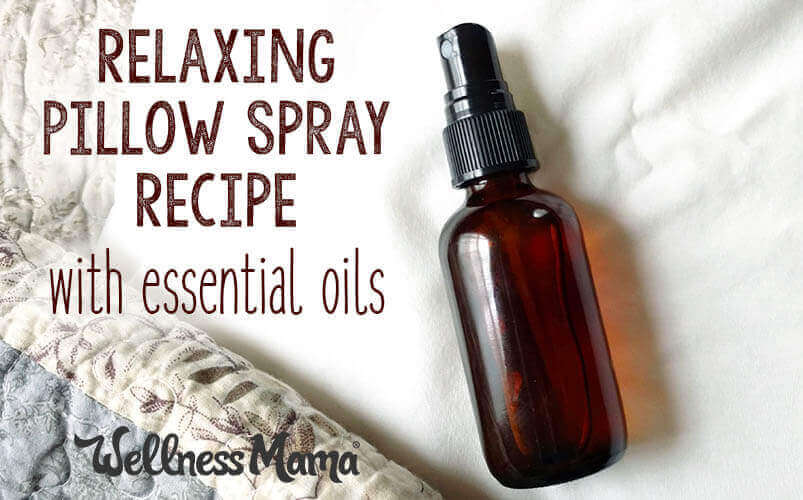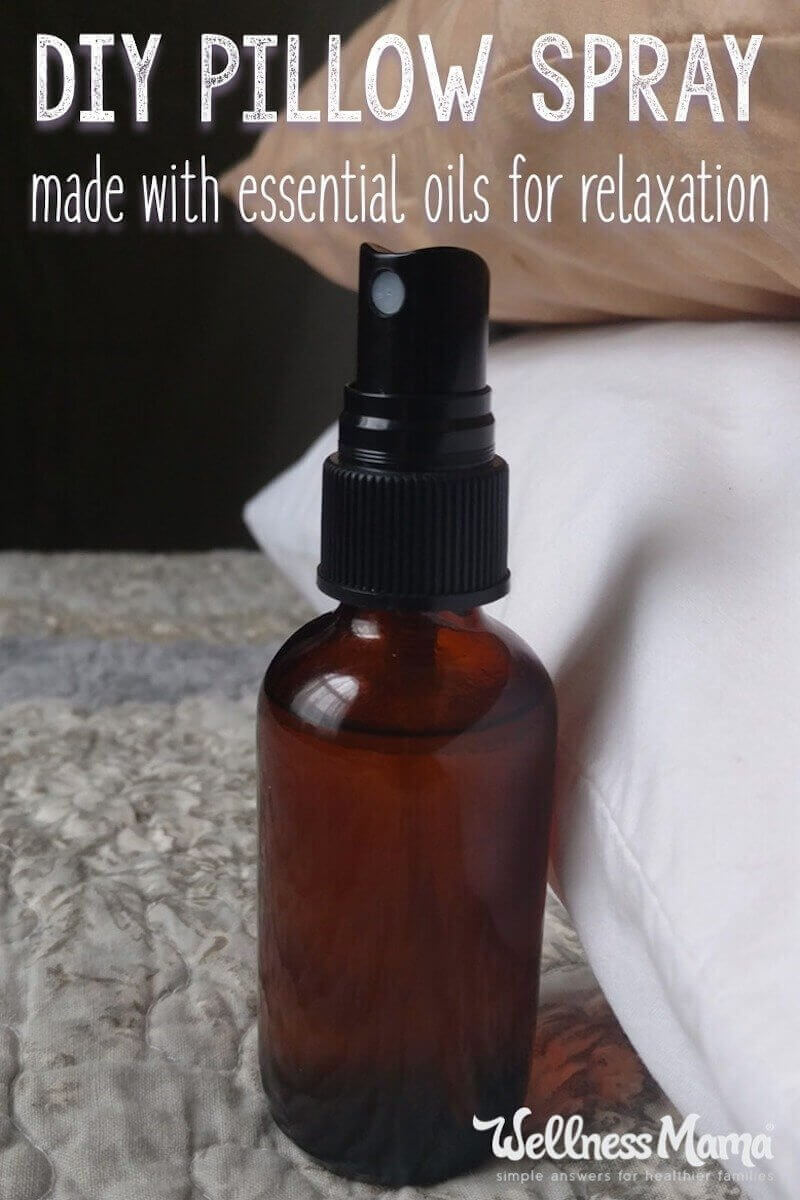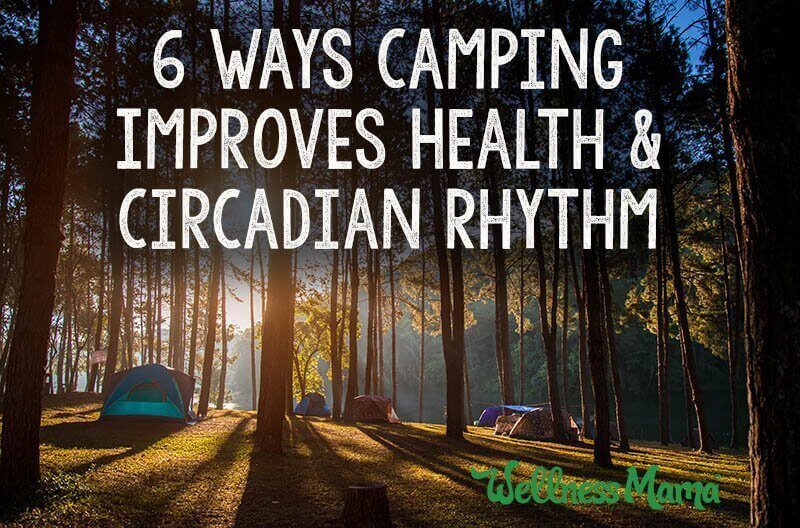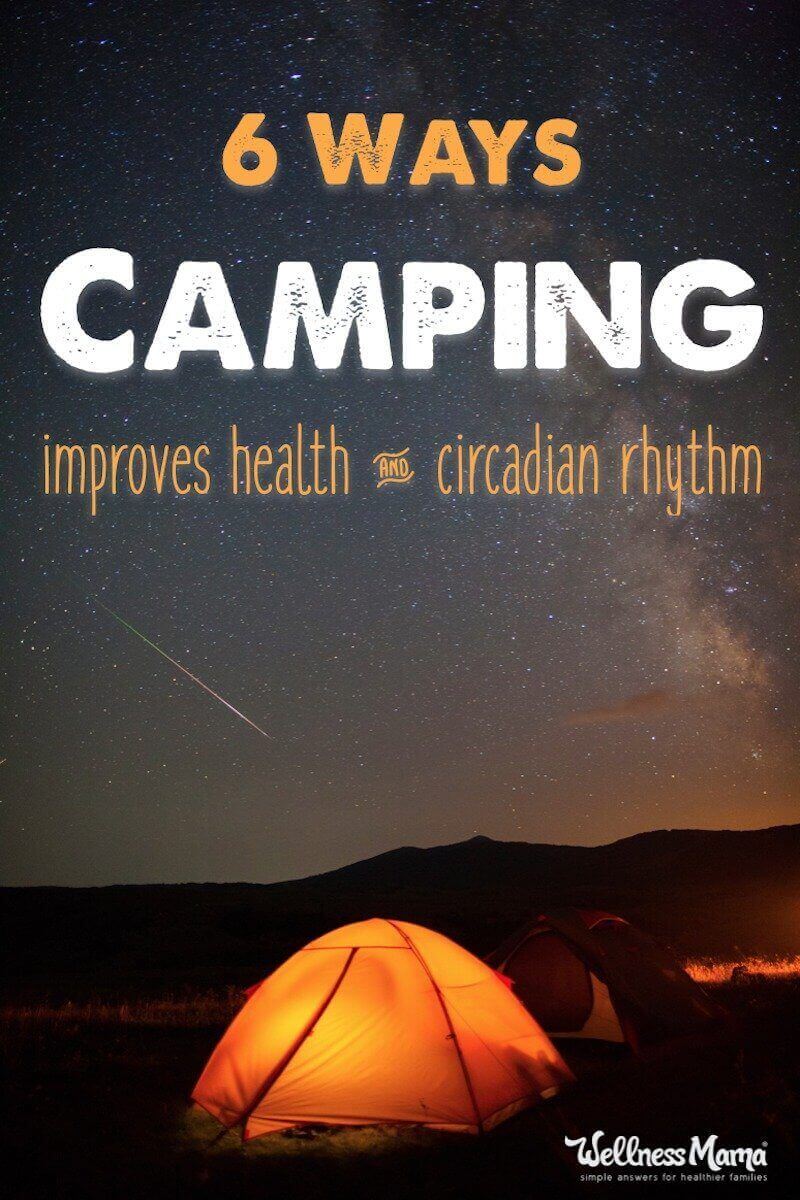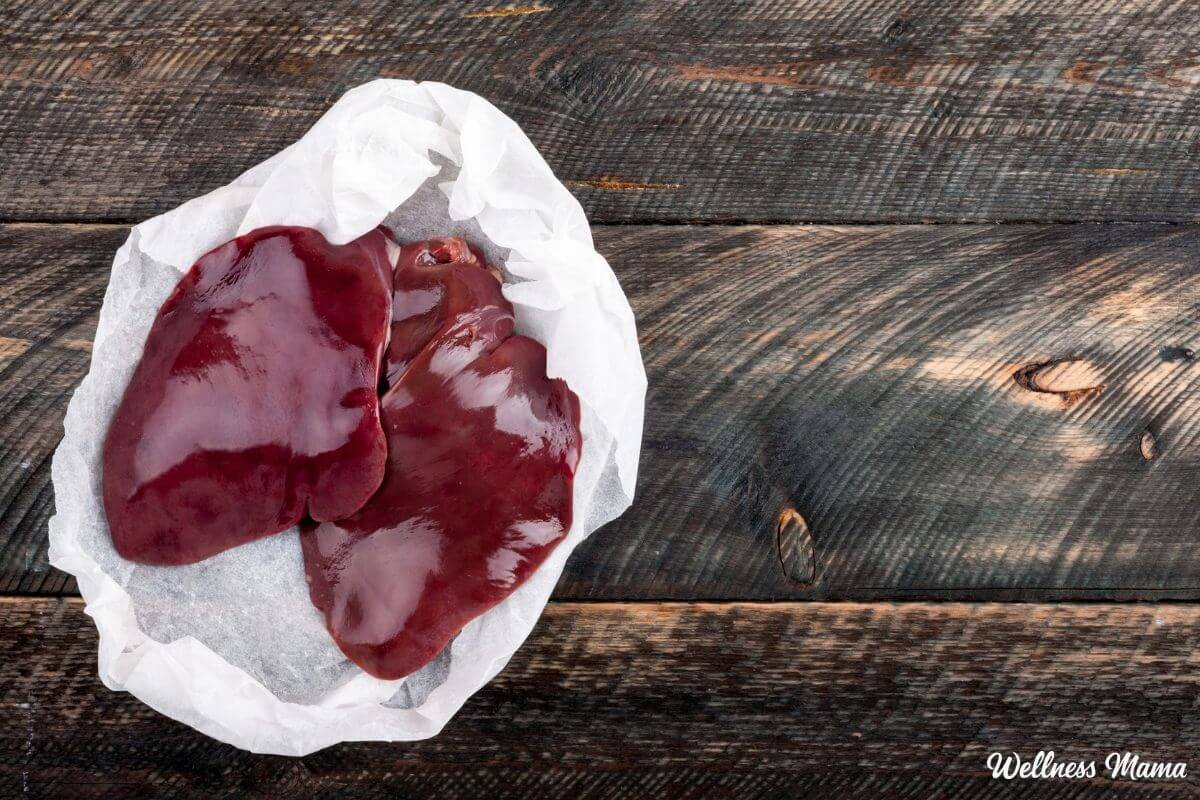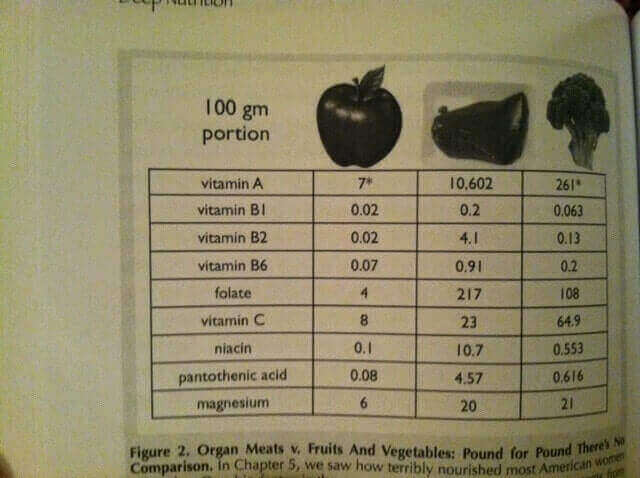
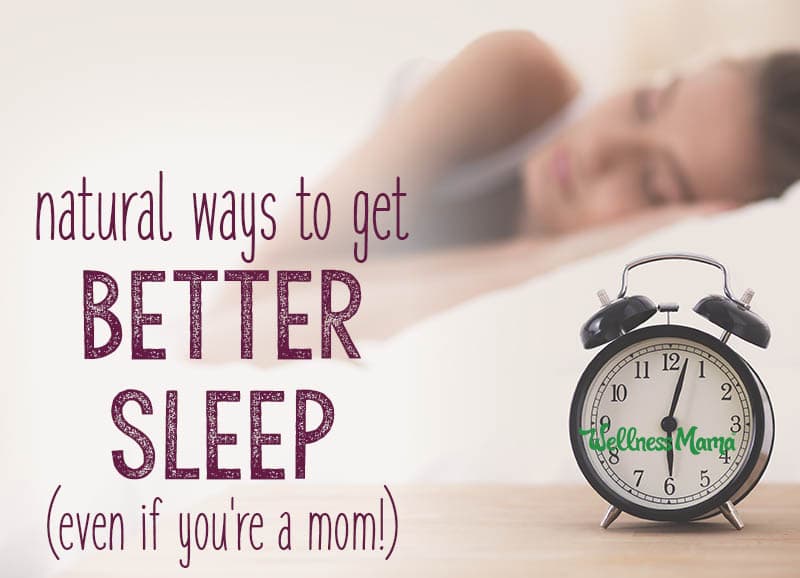
It is common sense that we all need adequate sleep. Yet, statistics show again and again that we just aren’t getting it. For some (including me) the idea of ever getting a solid night of uninterrupted sleep again may sound wonderful, but unrealistic. My excuse is the constant presence of a child under 18 months in my house but for many others it is insomnia, sleep disturbances, or simply not enough time.
I get it…it is hard to get decent sleep as a mom. A perfect 8 hours of blissful sleep may not work out with really little ones… but there are some things we can do, even as moms, to get better sleep.
Sleep Matters… More Than Diet or Exercise!
Sleep is a hormone dependent process, and with all the variables in our lives that can affect proper hormone balance (foods, toxins, artificial light, etc) it makes sense that many people struggle with sleep. This is also why times when hormones change often have a negative effect on sleep (menopause, puberty, pregnancy, etc)
While mainstream thinking might recommend a pharmaceutical option to help deal with sleep issues, artificially augmenting the hormone system to induce sleep isn’t without its problems (just check out the side-effects and warnings list!) and can have an impact on other hormone functions as well.
Often, lack of quality sleep stems from one or more lifestyle causes, and it is important to address these underlying issues as they can impact more than just sleep.
The Problem
Lack of sleep = Stress on the body = weight gain, premature aging, hair loss, hormone imbalances, infertility, and lowered immune function.
Hormone problems that cause sleep disturbances don’t just begin at bedtime, and they can’t be fixed by just addressing them at this time. Ever noticed that animals don’t have trouble sleeping and waking when they are supposed to? They don’t toss and turn to fall asleep and they don’t need pills to help them do so (speaking about outdoor animals… I don’t have any, but indoor animals could potentially have some of the same struggles that humans do).
Proper sleep hormone production (melatonin) depends on proper hormone function during waking hours (serotonin and others). As the endocrine system is a complete system, hormone imbalances (PCOS, Endometriosis, etc) can often lead to poor sleep and vice versa.
Stress hormones can have a tremendous impact on the sleep cycle as well, and it is a two-way street. Lack of sleep elevates stress hormones, and stress hormones can cause sleep problems.
What Happens When You Don’t Sleep?
Sleep is important for optimal health in so many ways. In fact, sleep is the one similarity across the animal kingdom. The amount of sleep needed varies greatly by species, but all animals (humans included) need sleep. Lab rats started dying after only a few days of being kept awake.
Sleep is important for almost every aspect of health:
- Physical Health: The body repairs tissue, including heart and blood vessels during sleep. Long term poor sleep is linked to an increased risk of heart disease, kidney disease, high blood pressure, diabetes, and stroke.
- Obesity: Lack of sleep alone can also make you fat. One study found with each hour of sleep lost, the odds of becoming obese went up.
- Hormone Health: Sleep helps maintain the balance of the hormones that make you feel hungry (ghrelin) or full (leptin). When you don’t get enough sleep, your level of ghrelin goes up and your level of leptin goes down. This makes you feel hungrier than when you’re well-rested.
- Insulin: Sleep impacts how your body handles insulin, the hormone that controls your blood glucose (sugar) level. Sleep deficiency results in a higher than normal blood sugar level, which can lead to many serious problems.
- Growth & Fertility: Deep sleep triggers the hormone cascade responsible for growth in children and teens. Do you kids tend to get growing pains at night? This could be why! This hormone also boosts muscle mass and helps repair cells and tissues in children, teens, and adults.
- Learning & Memory: Sleep helps the brain commit new information to memory through a process called memory consolidation. In studies, people who’d slept after learning a task did better on tests later.
Understanding Sleep Cycles
Of course, not all sleep is created equal. There are several stages of sleep that the body cycles through during the night:
- N1-This is the stage when you feel half asleep and still have some awareness of your surroundings. This is also the stage where you involuntarily jerk or kick.
- N2-Slightly deeper stage of sleep. You actually spend about half of your sleeping hours in this stage.
- N3– Deep slow sleep where your core temperature has dropped and your melatonin production is going strong. N3 cycles you into the most “productive” of the sleep cycles…
- REM– Rapid Eye Movement sleep is when most dreaming occurs. In REM, muscles completely relax and the mind and body regenerate at an amazing rate. Only about a quarter of your daily sleep is in REM but it is vitally important.
Research shows that the best sleep happens on a consistent schedule. This is because your circadian rhythm remains constant and your hormone production is optimal. The most beneficial hours of sleep are between 10 p.m. and 2 a.m., though most adults miss about half of this.
Start By Optimizing Sleep While You Are Awake
To optimize sleep during the night, one must also optimize factors during waking hours including food, supplements and exposure to light/outdoors.
Getting a quality night of sleep actually begins when you wake at the beginning of the day and there are many factors that can have a dramatic impact on sleep length and quality.
Foods to Improve Sleep Naturally
Just as foods can impact health in other areas, foods can contribute to good or bad sleep. To help improve your chances of quality sleep, these are the best foods to consume:
- Healthy Fats– such as coconut oil, organic and pasture raised meats, eggs, avocado and butter all help provide your body with the necessary building blocks to manufacture sleep hormones.
- High Antioxidant Foods– Also important for hormone production and removal of toxins that can impede sleep. Focus on vegetables, high nutrient fruits, and herbal or green teas (green tea early in the day only).
- Quality Proteins, especially at dinner: For best sleep, it is better to stop eating at least 4 hours before bedtime, and preferably by 6pm every night. Your evening meal should include proteins, vegetables and healthy fats. Eating enough protein at this meal will help prepare the body to enter the sleep cycle.
Avoid:
- Sugars: Sugars and carbohydrates, especially at night, can cause a blood sugar spike and crash that will lead to difficulty falling or staying asleep. Many people crave carbohydrates (chocolate, anyone?) in the evening, which is a sign of an underlying hormone problem to begin with but eating carbohydrates late at night can cause problems falling asleep or lead to waking in the middle of the night when blood sugar levels drop.
- Grains– I’ve written before about the negative effect grains can have on health, and if you have an intolerance to grains, this can cause physical stress in your body, which alters the hormone cycle and can impede sleep.
- Vegetable Oils– No one should ever eat them anyway, but I have a theory that just as these artificial fats can cause problems in new skin formation (skin cancer) they can cause problems in the hormone cycle, as hormones need (saturated) fats for production and giving the body the wrong building blocks for hormones can wreak havoc with hormone production.
Supplements to Improve Sleep Naturally
Sadly, it is often difficult to get enough nutrients from foods as our soil is depleted and foods are picked before ripe so they can be shipped around the world. Especially if you struggle from a health challenge or sleep problem, it is often helpful to supplement some key nutrients, at least in the short term, as you build your body back up.
- Quality Omega-3s- I’ve found that taking a quality Omega-3 (this is the one I take) at lunch time seems to improve my sleep, especially over time.
- Magnesium– Many people are deficient in Magnesium and this particular deficiency can have a big impact on sleep quality. Some people find that just adding a product like Natural Calm about 30 minutes before bedtime can really improve sleep.
- Gelatin– Many of us eat a disproportionate amount of animal muscle meat compared to bone broths, organ meats and marrow. If you aren’t a fan of consuming liver daily, drinking natural gelatin (from grassfed sources) can help balance your intake. Consumption of only muscle meats, which are higher in stress hormones, can cause problems in the sleep cycle. Personally, I often drink a cup of chamomile or herbal tea with a tablespoon of gelatin dissolved in it each night a couple hours before bed.
- If you have a solid diet and are already taking the things above, specific sleep related herbs might help your fall asleep. Try my sleep tincture, or some chamomile or catnip to help with relaxation.
A Daily Routine for Better Sleep
A daily (and nightly) routine can make a big difference in how easily you fall and stay asleep. You’ll have to experiment to find out what works best for you but here are some helpful suggestions:
- Wake up and go to bed at the same time, even on weekends to keep your hormone cycle regular.
- Eat a high protein/high fat snack a few hours before bed (7pm or earlier) or consume a lot at dinner.
- Avoid caffeine after 1 pm.
- Install F.lux (it is free) on all computers and devices to reduce blue light and help you sleep better (it is also easier on the eyes!)
- Drink enough water during the day and stop drinking about 2 hours before bed so you don’t have to wake up to use the bathroom.
- Take a soothing salt bath about an hour before bed with some relaxing music or a great book.
- Dry Brush a few hours before bed– Dry brushing is supposed to help with cellulite but I noticed that the gentle lymphatic movement also helped my sleep. I used these brushes to gently brush my skin according to the instructions.
- Get at least 30 minutes of sunlight each day (even if you aren’t trying to get your vitamin D). The exposure to the wide-spectrum light during the day boosts serotonin levels, which will help improve melatonin levels at night
- Avoid artificial light as much as possible after the sun goes down.
- Pray, meditate or find a way to reduce stress.
- Give yourself a massage before bed to release stress and help relax (Personally, I love this for home-massage)
- Stretch before bed to relax muscles.
Improving Your Sleep Environment
Your sleep environment is also extremely important for sleep quality. Artificial light, warm temperatures, sudden noises, and EMFs can all effect sleep quality, but these things are almost always fixable. Again, you’ll have to experiment to figure out what works best for you, but in general, here are some tips:
- Remove ALL artificial light, including the light on your alarm clock, TV light, phone, etc. I use blackout curtains because we have artificial light outside, and cover my clock light with a towel. Our kids don’t have night lights, and they typically sleep very well.
- Keep the temperature around 65-68 degrees and always below 70 degrees.
- Try some white noise like sounds of rain, ocean or our kids’ favorite, Gregorian Chant (though if any of them ever decide to become a cloistered religious, they will have trouble… chant always puts them to sleep!)
- Trade out your jolting buzzing alarm clock for a gentle sunlight alarm clock that will wake you up much more gently. I don’t know about you, but my dread of the sound of the alarm clock sound always caused me to wake up a few times in the early morning in anticipation of it
- Try an earthing sheet. I am still experimenting with this one, but there is some evidence that sleeping on a grounding mat reduces your exposure to EMFs and improves sleep quality. While I have noticed a big difference on myself, I don’t know how much is mental, so I’m experimenting with having the kids sleep on it without them knowing what it does. The book Earthing explains more of the theory behind this method and I’m working on finding a good source of the mats. According to the book, you can also create the same effect by spending time barefoot outside on dirt, grass or rocks daily for at least 30 minutes (If you garden barefoot in the middle of the day, you’ll get three benefits in one! Exercise, Vitamin D and the negative electrons from the earth)
Just Sleep!
I implore you… please make time to get enough sleep. It is tremendously important for your health and it doesn’t cost anything!
If you can’t afford supplements or organic food or don’t have time to workout, at least make sleep a priority!
I understand how tough it can be, especially with kids when those precious hours at night are sometimes the only time a couple gets alone, but in the long run, the extra hours of sleep will equal happier, more patient parents and hopefully many more years of time together.
I also know how tough it can be to sleep with nursing babies, and my personal solution is to have baby in our room/bed so I don’t have to completely wake up to nurse. There is also some evidence that there are protective hormones for mom and baby that allow mom to wake to nurse baby without ill effect to her sleep patterns.
Do you have trouble sleeping? What is your sleep routine like? Any good tips? Share below!
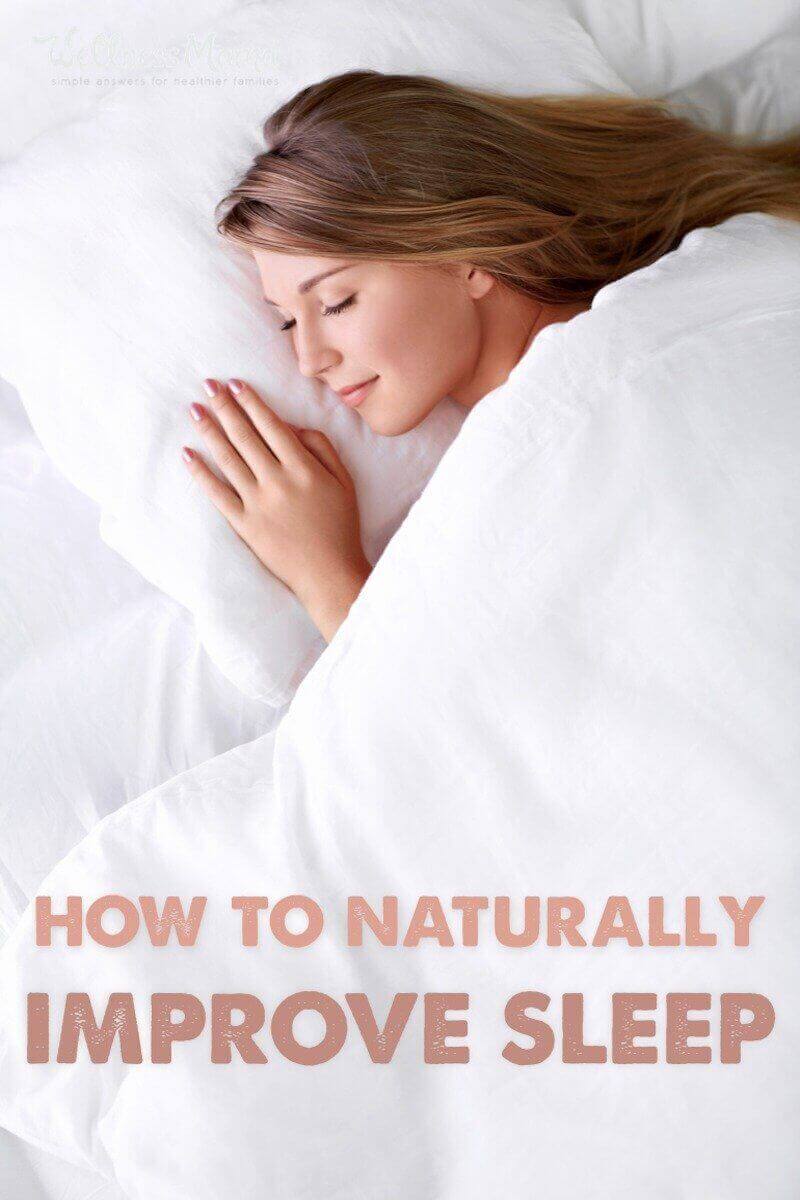
Continue Reading...Natural Ways to Get Better Sleep (Even If You’re a Mom!)
source https://wellnessmama.com/4936/improve-sleep-naturally/?utm_source=rss&utm_medium=rss&utm_campaign=improve-sleep-naturally




 Well, you’ve got a few options.
Well, you’ve got a few options.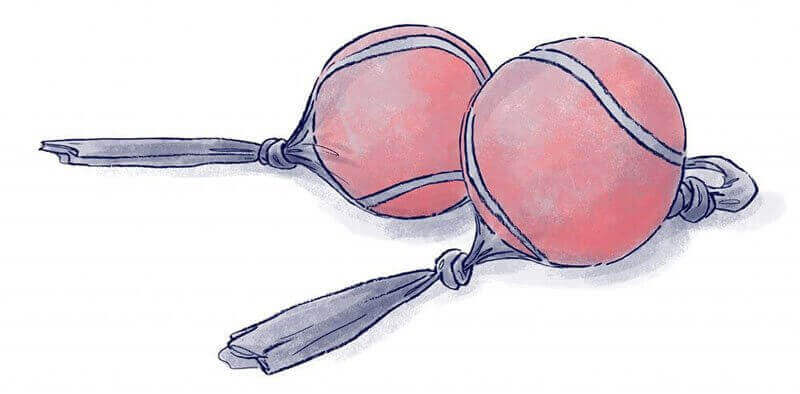
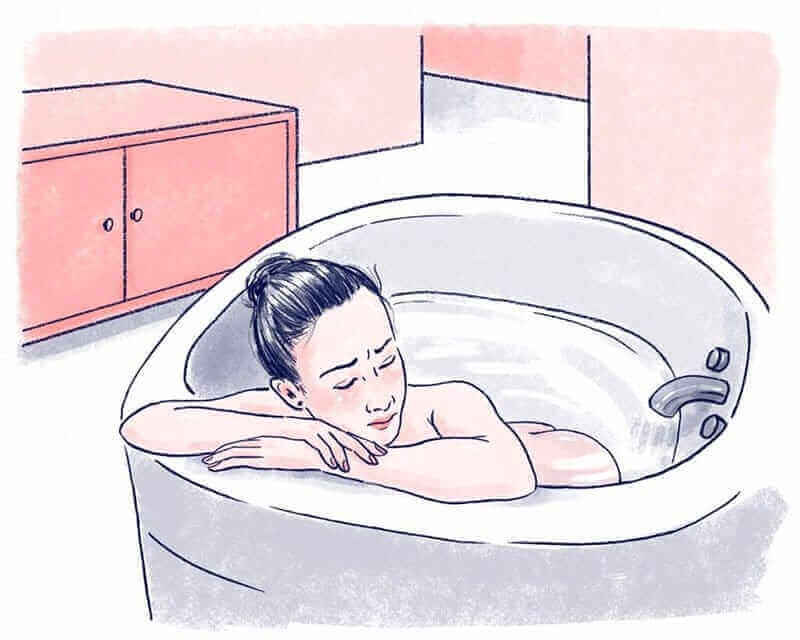

 About Genevieve: Genevieve Howland, aka Mama Natural, has a wonderful free
About Genevieve: Genevieve Howland, aka Mama Natural, has a wonderful free 
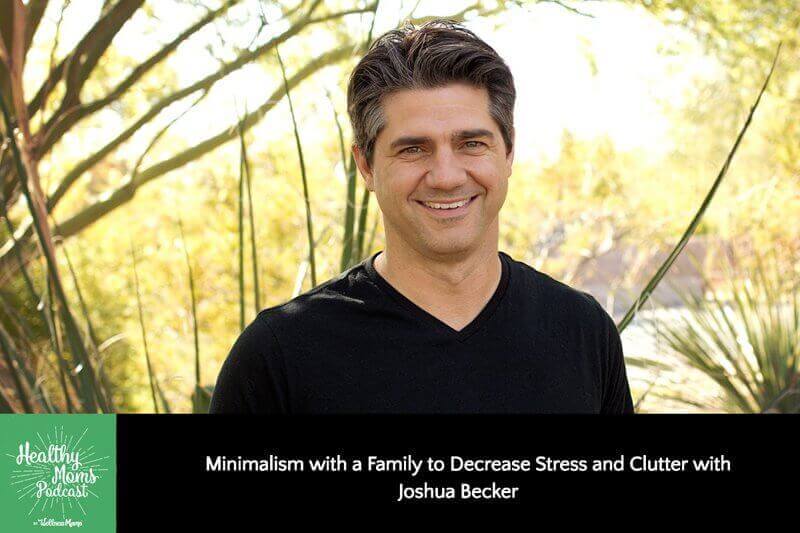 Minimalism is all the rage these days and today I’m talking to Joshua Becker of Becoming Minimalist. His mission is to “own less and live more,” and inspire others to do the same.
Minimalism is all the rage these days and today I’m talking to Joshua Becker of Becoming Minimalist. His mission is to “own less and live more,” and inspire others to do the same.

 The world consumes over 2 BILLION cups of coffee a day. This means that the way we choose to drink coffee can have a big impact on our health and on the environment. Timing can make a difference for health too. The optimal time to consume coffee for cortisol patterns is between 9:30 and 11:30 am. Choosing a healthy coffee maker can also have a dramatic impact.
The world consumes over 2 BILLION cups of coffee a day. This means that the way we choose to drink coffee can have a big impact on our health and on the environment. Timing can make a difference for health too. The optimal time to consume coffee for cortisol patterns is between 9:30 and 11:30 am. Choosing a healthy coffee maker can also have a dramatic impact.
